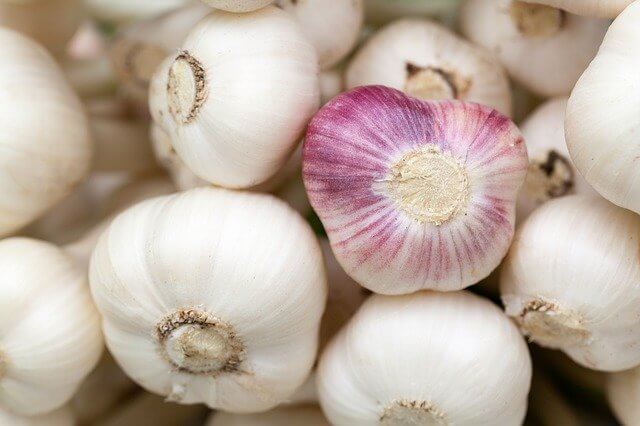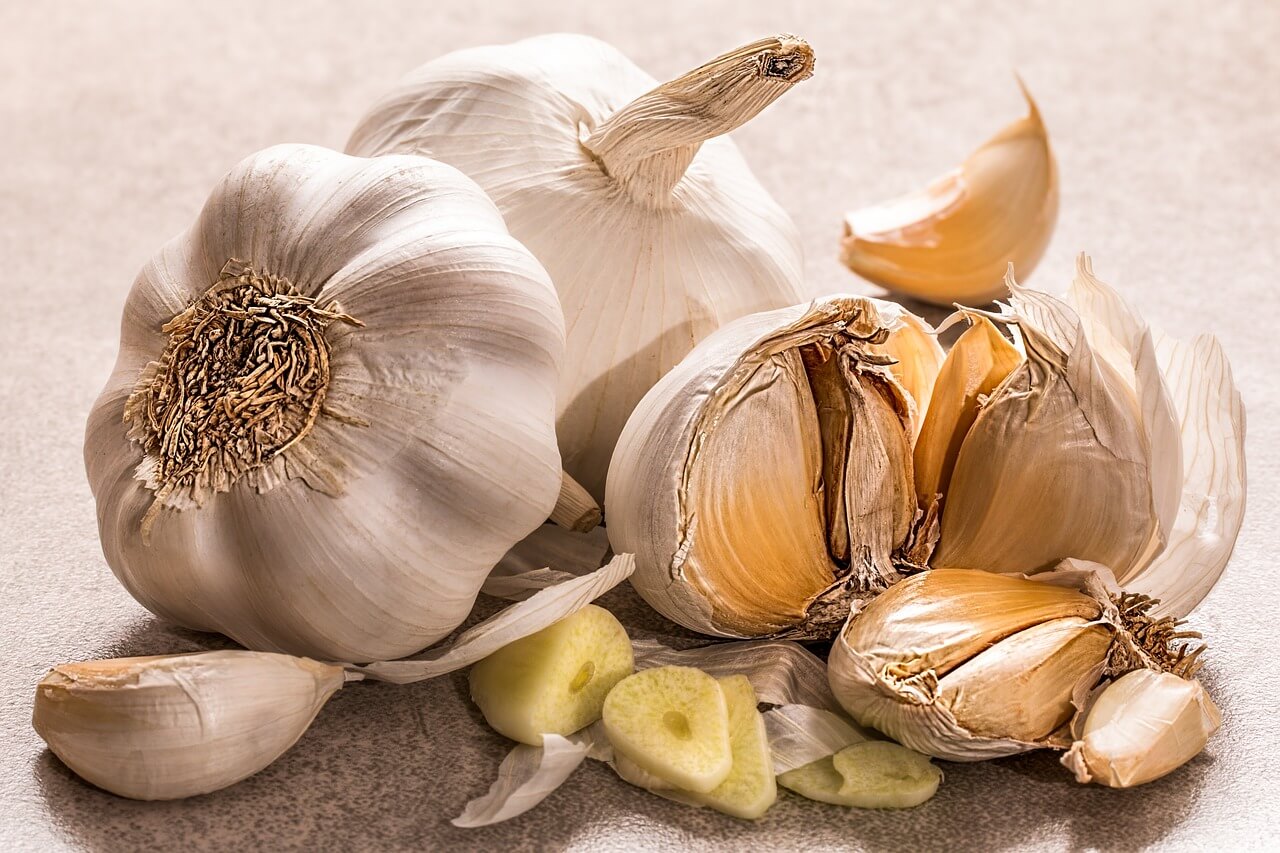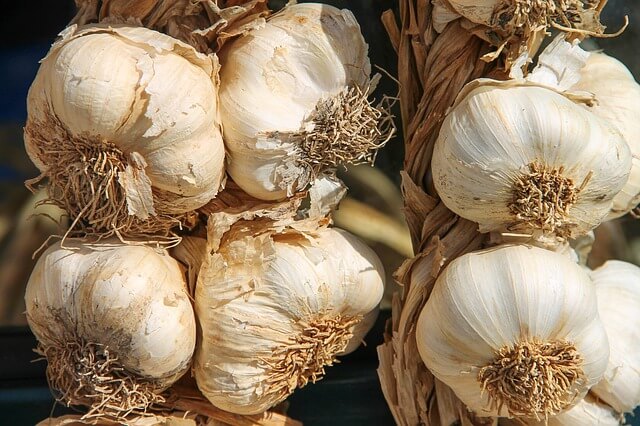What is garlic? Information on garlic, uses, features, and facts. Definition of garlic.
Garlic; is a perennial herb (Allium sativum) of the lily family (Liliaceae), widely grown for its pungent-flavored bulbs, which are used as a condiment, especially in Asia and southern Europe. Fresh garlic is used to flavor meats, stews, gravies, soups, tomato sauces, and salad dressings.

Source : pixabay.com
Garlic powder, made from ground dehydrated bulbs, is often used in cooking as a substitute for fresh garlic. It is also used by the meat-packing industry in prepared meats. Garlic salt, a mixture of garlic powder and table salt, is another seasoning for cooking.
Garlic has been used since ancient times in the treatment of a variety of illnesses. Crushed garlic is sometimes applied to the skin to alleviate the pain of insect or scorpion stings. Popular superstition has credited garlic with the ability to ward off disease and evil spirits.

Source : pixabay.com
The garlic bulb consists of several separable portions, called “cloves” or “sets,” enclosed in a membranous covering. A leafless flower stem ( scape ), about 2 feet ( 60 cm ) high, and a number of long, narrow, pointed leaves arise from the bulb. The pinkish, whitish, or greenish flowers, which appear in June and July, are clustered into heads (umbels). The clusters commonly consist of small bulblets as well as flowers. The bulblets serve in vegetative reproduction.
Garlic is probably native to central Asia but has long been naturalized in southern Europe. It now also grows wild in North America, from New York to Indiana and south to Kentucky, Tennessee, and Missouri.

Source : pixabay.com
Conservation
To preserve the garlic, it is convenient that the bulbs are sufficiently dry, for which it is recommended to initially place them in a place with very good aeration, so that the drying can be completed. During storage proper, the bulbs tolerate temperatures below 0 ° C. The most appropriate storage conditions are 0 ° C and 65-70% relative humidity. Under such conditions, storage can last up to 6-7 months. During storage, the bulbs are not very sensitive to ethylene.